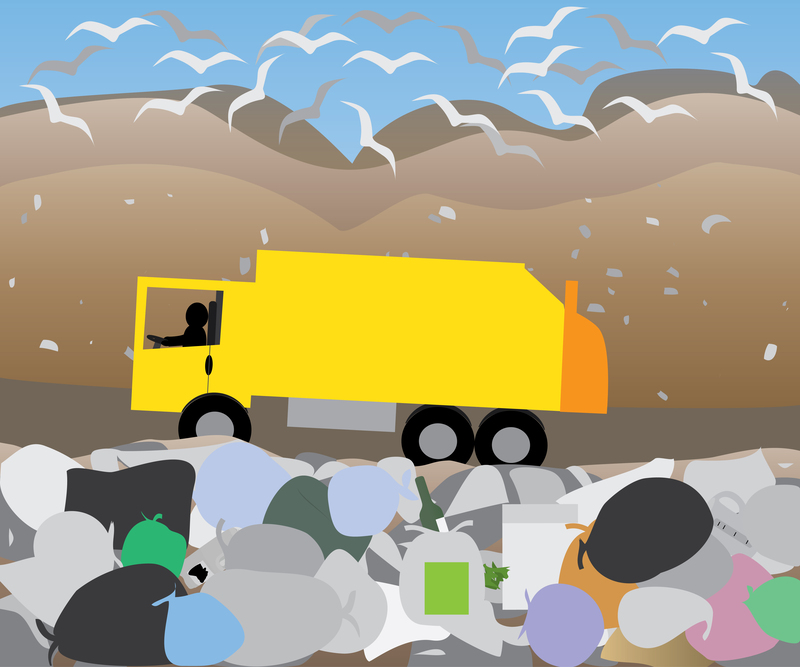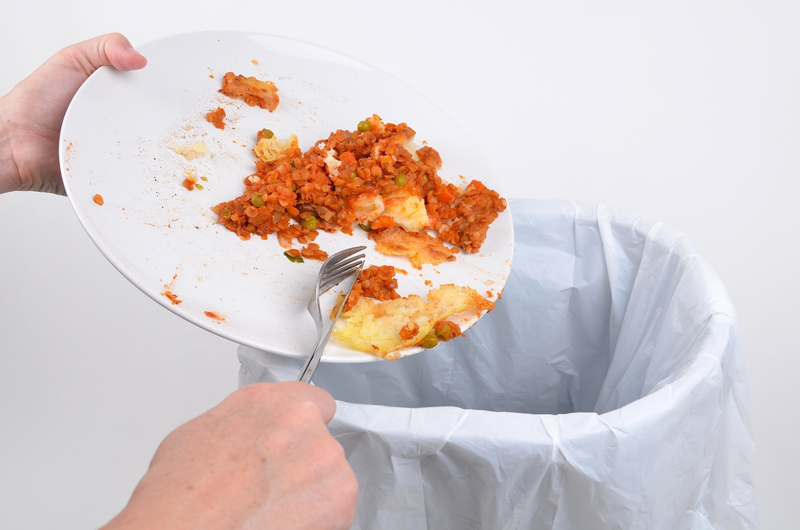Eco-Friendly Packing Materials
Posted on 01/01/2025
In recent years, the environmental impact of waste has become a significant concern worldwide. Among the various waste categories, packaging material plays a prominent role, contributing immensely to pollution and landfill accumulation. Fortunately, the rise in ecological awareness has resulted in the development and adoption of eco-friendly packing materials. This article delves deep into sustainable packing solutions, their benefits, and their critical role in environmental conservation.
What are Eco-Friendly Packing Materials?
Eco-friendly packing materials are biodegradable, recyclable, or reusable alternatives to conventional packing materials like plastic and Styrofoam. They are designed to reduce environmental impact throughout their lifecycle--from production to disposal. These materials not only reduce pollution but also conserve natural resources and energy.
Various eco-friendly options are available today, ranging from plant-based plastics to recycled materials. Below, we delve into some of the most popular and innovative eco-friendly packing solutions.

Types of Eco-Friendly Packing Materials
Biodegradable Packing Peanuts
Traditional packing peanuts are made from polystyrene, a type of plastic that takes hundreds of years to decompose. In contrast, biodegradable packing peanuts are made from natural, nontoxic sources like corn starch or wheat. These peanuts dissolve in water, making them an excellent eco-friendly alternative to traditional packing peanuts. They offer the same cushioning properties while being harmless to the environment.
Mushroom Packaging
Mushroom packaging is a groundbreaking eco-friendly packing material that is entirely biodegradable. It is made from agricultural waste and mycelium--the root structure of mushrooms. This innovative solution is not only strong and durable but also completly decomposable within a few months, in contrast to plastic which can take centuries. Thus, mushroom packaging is an excellent choice for protecting fragile items during shipping while maintaining an ecological conscience.
Recycled Cardboard and Paper
One of the most readily available and effective eco-friendly packing materials is recycled cardboard and paper. These materials can be reused multiple times, significantly reducing the demand for new raw materials. Recycled cardboard can be used for boxes, padding, and void fill, while shredded paper can protect fragile items. Many businesses even use specifically designed recycled cardboard products that can be custom-fit for various shapes and sizes.
Plant-Based Plastics
Plant-based plastics, also known as bioplastics, are made from renewable biomass sources like corn starch or sugarcane. They can decompose naturally, unlike traditional petroleum-based plastics. These materials are increasingly being used to create packing peanuts, bubble wrap, and other common packaging items. While bioplastics may not entirely replace traditional plastics yet, they offer a promising step towards a more sustainable future.
Corrugated Bubble Wrap
Traditional bubble wrap is an iconic packing material, known for its excellent cushioning properties. However, it is made from plastic, which poses environmental challenges. Corrugated bubble wrap, made from post-consumer cardboard, offers a sustainable alternative. Its unique design mimics the cushioning effect of traditional bubble wrap, protecting items effectively while being eco-friendly and recyclable.
Benefits of Eco-Friendly Packing Materials
Reduced Carbon Footprint
One of the most significant benefits of using eco-friendly packing materials is the reduction in carbon footprint. Many conventional packing materials are produced using fossil fuels, contributing to greenhouse gas emissions. In contrast, eco-friendly materials are often made from renewable resources, reducing their overall carbon impact. Furthermore, since they decompose more rapidly and safely, they contribute less to landfill mass and pollution.
Conservation of Natural Resources
Many eco-friendly packing materials are sourced responsibly from renewable resources or composed of recycled materials. This reduces the demand for raw materials, conserving natural resources such as trees and fossil fuels. By opting for sustainable packaging solutions, companies and consumers can play a crucial role in promoting responsible resource management.
Enhanced Brand Reputation
In today's market, social and environmental responsibility is increasingly becoming a determining factor for consumers. Companies that adopt sustainable practices, including the use of eco-friendly packaging, often enjoy enhanced brand reputation and customer loyalty. Eco-conscious consumers prefer to support brands that prioritize the planet, making sustainable packaging a smart business decision as well as an ethical one.
Compliance with Regulations
Governments and regulatory bodies worldwide are implementing stricter policies to mitigate environmental impact, including bans on certain types of non-biodegradable plastics. By adopting eco-friendly packing materials, companies can ensure compliance with these evolving regulations, avoiding potential fines and legal issues while contributing to global conservation efforts.
Challenges and Considerations
While eco-friendly packing materials offer numerous benefits, there are some challenges to consider:
Cost Implications
One of the primary challenges is the cost. Many sustainable packing materials can be more expensive than their conventional counterparts due to higher production costs and limited economies of scale. However, as demand increases and production processes become more efficient, prices are expected to decrease.
Performance Concerns
Another potential issue is performance. Some eco-friendly materials may not offer the same level of protection as traditional materials, especially in extreme conditions. It is crucial to balance sustainability with functionality to ensure that products arrive safely.
Supply Chain Constraints
Sourcing sustainable materials can sometimes be challenging due to limited availability or longer lead times. Businesses must work closely with their suppliers to ensure a steady supply of eco-friendly packing materials.

Steps to Implement Eco-Friendly Packing Solutions
Audit Current Packaging Practices
The first step in transitioning to eco-friendly packing materials is to audit current packaging practices. Identify the types of materials used, their environmental impact, and potential areas for improvement. This will help in understanding the scope of change required and setting realistic goals.
Research and Source Sustainable Options
Next, research available eco-friendly packing materials and suppliers. Look for certified products that meet sustainability standards and offer the functionality needed for your specific applications. Build relationships with suppliers to ensure a consistent and reliable supply chain.
Educate and Train Employees
Effective implementation of sustainable practices requires buy-in from all stakeholders. Educate employees about the benefits of eco-friendly packing materials and train them on proper usage. Encourage a culture of sustainability within the organization to ensure lasting change.
Communicate with Customers
Transparency is key to building trust with customers. Communicate the steps you are taking to adopt eco-friendly packing solutions through various channels such as your website, social media, and product labeling. Highlight the environmental benefits and encourage customers to support your sustainability initiatives.
Continuous Improvement
Sustainability is an ongoing journey. Regularly review and assess the effectiveness of the packing materials and strategies you have implemented. Stay informed about new innovations and advancements in eco-friendly materials and be open to making adjustments to continually improve your sustainability efforts.
Conclusion
Eco-friendly packing materials are more than just a trend; they are a crucial component of responsible and sustainable business practices. From biodegradable packing peanuts and mushroom packaging to plant-based plastics and corrugated bubble wrap, there are numerous options available to reduce environmental impact. While challenges such as cost and performance must be considered, the long-term benefits to our planet, conservation of resources, and enhanced brand reputation outweigh these obstacles. By taking deliberate steps to implement sustainable packaging solutions, businesses can significantly contribute to conservation efforts and align themselves with the growing eco-conscious consumer market.
In a world where environmental considerations are increasingly paramount, adopting eco-friendly packing materials is not only a responsible choice but also a necessary one for ensuring a sustainable future.










